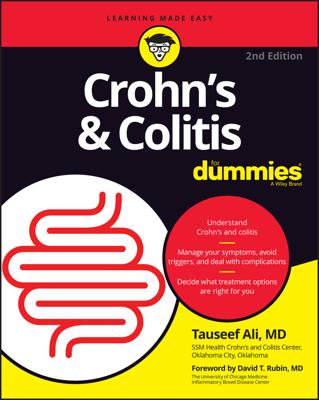Chlamydia is the most common STD in the United States, affecting 3 million people every year. Chlamydia often comes without symptoms, which is why it spreads so easily. Unfortunately, it also can come with dire consequences if untreated, so it’s important to be aware of the risk and be tested.
Chlamydia often has no symptoms in women; in men, the first symptoms are usually painful urination and pus coming from the urethra.
Symptoms may start within a few days after sexual exposure.
In women, the disease can cause scarring of the fallopian tubes, sterility, infertility, ectopic pregnancy, or chronic pelvic pain.
In men, the organism is thought to be responsible for half the cases of epididymitis, an infection of the epididymis (a series of tiny tubes that lie on top of the testicle), which can cause painful swelling of the testicle.
Although doctors can successfully treat chlamydia with doxycycline or other antibiotics (a single-dose version is available), they often have difficulty diagnosing the disease because of the lack of visible symptoms. People who have chlamydia and don’t take all the medicine for the full time that it’s prescribed often get the disease again (because they aren’t fully cured the first time). Because gonorrhea often accompanies chlamydia, doctors usually treat the two together.
Although most people who have chlamydia have no symptoms and thus don’t even know they have the disease, they can still suffer the long-range consequences. Because chlamydia is so common, people who have sex with multiple partners, especially if they don’t use a condom, should be tested whenever they change partners or after any unprotected sex with a new partner.

